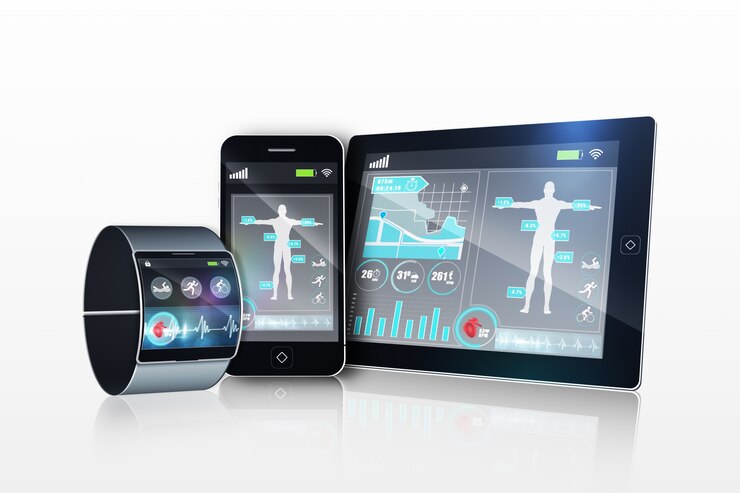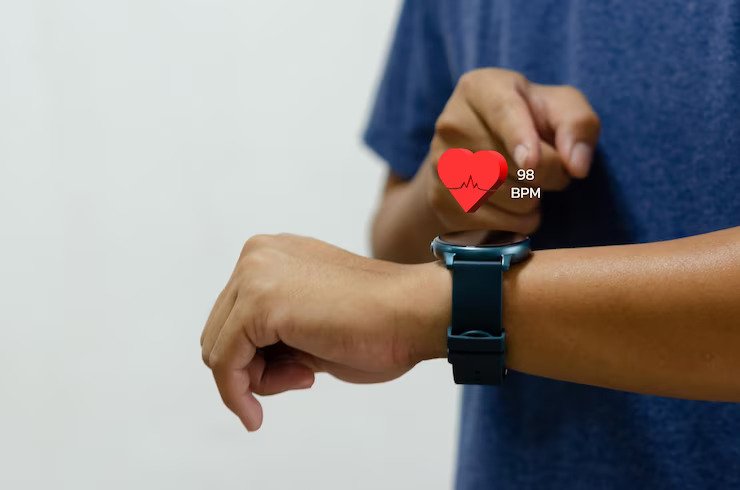New Trends In Wearable Medical Devices And Health Monitoring Technology 2023
Many consumers will agree with the convenience of having a particular electronic device with them regularly, designed for the operational information content of any indicators of a person’s health status – pulse rate, blood pressure, and so on. Such devices are used by people with health problems and many athletes who constantly need to monitor their performance after physical exertion.
Contents
General information about electronic devices
Special wearable medical devices are electronic devices, the purpose of which is to systematically display specific indicators of a person’s health in real time. Such devices are constantly on the human body and are removed if necessary. Moreover, these indicators of the electronic device can be sent to another person, for example, to a doctor from a patient. It also generally allows you to monitor the patient’s health remotely and be able to respond in advance to difficulties that arise.
With increased consumer demand, the industry has begun to develop rapidly, considering the benefits of providing medical devices. For example, in the healthcare industry, Smartwatches have increased several times, confirming their need.
In the future, consumer demand for wearable medical devices will increase even more. Already today, it is hard to imagine your life without a smartphone, and if it monitors your health status and warns of potential dangers – such electronic devices can save many lives.
As for IT companies that develop special software for wearable health monitoring devices, it’s worth saying a few words here. QArea company is one of the well-known healthcare software development firms which has a lot of experience in this and relevant industry and has completed many orders. Find out more details and read successful cases you may be following on their website.
Varieties of wearable medical devices

Depending on the purpose of the device, they are made of different types:
- according to the displayed medical parameters;
- to size;
- according to the method of fastening;
- according to the location of the body.
Consider the most common wearable medical devices.
Fitness trackers
Worn fitness trackers are bracelets with special sensors that track a person’s physical activity and heart rate. These trackers are comfortable and convenient because they can be synchronized with mobile applications, providing the user with the necessary information about the state of health and recommendations.
Some fitness trackers count the number of steps a user takes per day. They also can control the improvement of sleep, considering the load, or vice versa, and what physical exercises need to be performed to eliminate drowsiness. Some devices can function offline without recharging for a week.
Smartwatch for health
Once upon a time, such watches were intended solely to determine the number of steps in a certain period. But today you can already find devices designed to monitor heart muscle contractions and alert users to the occurrence of atrial fibrillation.
Various well-known brands also continue to delight us with new products that include a state-of-the-art temperature sensor with advanced features. Almost all modern models of wearable devices with a high-speed processor and excellent performance in standalone mode.
Such smart watches also allow owners to read and send messages, make phone calls, and monitor physical activity and health status.
Electrocardiogram (ECG) screens
These wearable monitors differ from the classic Smartwatch because they allow the user to make an electrocardiogram. One of the most sought-after ECG monitors is the Move ECG from Withings. Move ECG will enable you to perform an electrocardiogram and send the results to the patient’s doctor. In addition, this device can track atrial fibrillation and determine the physical pace, walking and running distance, swimming, and cycling.
Screens for blood pressure
Over the past few years, dozens of devices have been released that can be described in the same way in terms of their functionality. It is a wearable device for measuring blood pressure (tonometer). This device looks like a classic smartwatch but has an oscillometric screen displaying blood pressure. In addition, this device can count the steps taken, the distance, and the kilocalories used.
Such a device can store about 100 readings in its memory, which can be redirected to the mobile application for comparative data and adjustment of the treatment program. The information obtained can be shared with the attending physician, which is convenient for promptly sending indicators about the patient’s health. Thus, it is possible to determine precisely how the user’s habits can affect blood pressure.
Biological sensor devices
Biosensors are wearable medical devices fundamentally different from Smartwatches and bracelet trackers. For example, the Philips biological sensor is a self-adhesive patch that allows users to collect information about their movement, the number of heart muscle contractions, body temperature, and respiratory rate. It has been empirically proven that this device reduces the risk of a user’s poor condition by 90%, preventing a person’s heart and breathing from stopping.
Thus, biosensors can increase the effectiveness of treatment and, if necessary, reduce physical stress for workers.
How will this direction develop?
Shortly, most companies will be able to overcome the challenges in product development, which will help the industry develop and snowball. The high achievements of the mentioned devices are visible in the vast market demand of consumers. The market for such devices is constantly in order, and the number of users who need devices is continuously increasing. Such trends will significantly affect insurance companies and electronics manufacturers.
Insurance companies can reduce costs per person by using electronic medical devices to increase the price of a person’s life. Many users agreed that these devices greatly help them monitor their health and reduce the risk of a sharp deterioration in well-being. In addition, these devices encourage users to lead a healthy lifestyle and not be overloaded.
Wrapping It Up
In order to stay ahead of the medical technology curve, it is crucial for you to stay updated with the latest trends. 2023 is the year when we expect to view some efficient medical practices and enhance investment in healthcare technologies. Companies leveraging these technologies are likely to remain competitive in the healthcare domain for a long period of time.
Read Also:
- The Nursing Field Is Oversaturated! How To Stay Relevant and Earn More In Nursing
- Everything You Should Know About Provitalize In 2023
- 10 Best Home Remedies for High Blood Pressure



